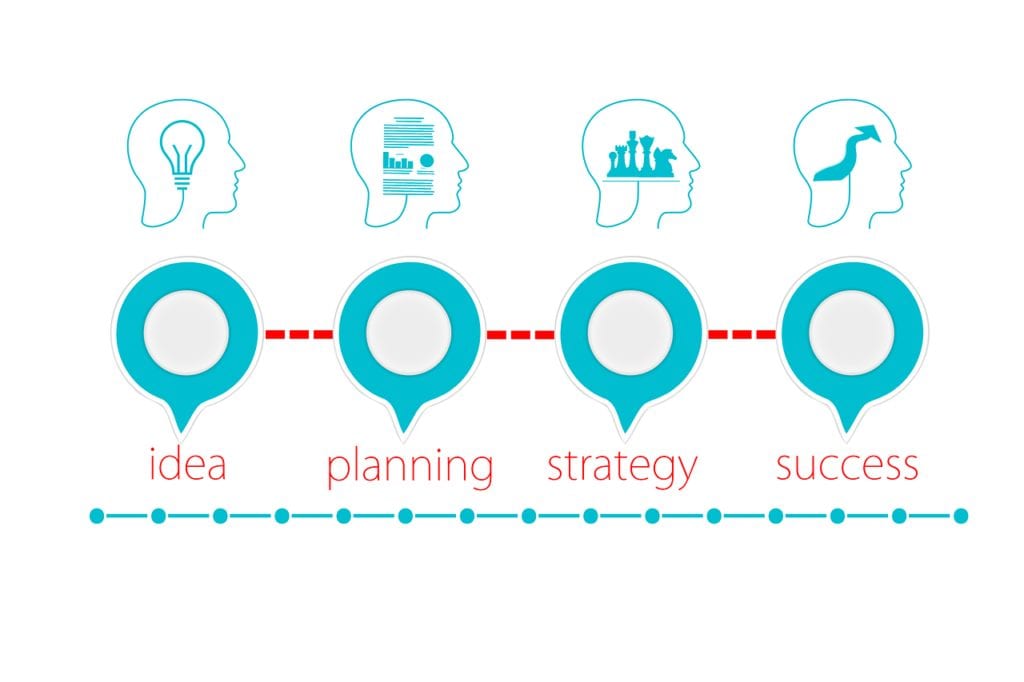After working as a Physical Therapist for nearly 13 years I have noticed some common threads that tend to lead to a positive physical therapy outcome as compared to a failed outcome. In the upcoming blog posts I would like to share 5 of those observations with you. I believe that if you hold tight to these 5 things you’ll set the odds in your favor that conservative physical therapy treatment will get you back to living life free of pain and limitation.
However before I get into that I need to define what a physical therapist actually does and why you should pay them any mind in helping you recover from pain or injury? A physical therapist is a highly trained medical professional with a masters or doctorate degree. They have a thorough understanding of the musculoskeletal system and specialize in how the body was designed to move. Furthermore they are trained in diagnosing injuries associated with muscles, tendons, joints, discs, bone and nerves all while helping develop a treatment plan that will optimize tissue healing and get you moving again in a healthy, pain free way!
In a nutshell if it’s an injury that impacts your ability to move, a physical therapist can likely help. So put simply – a physical therapist is a highly trained movement specialist. I suppose for another post I’ll discuss some of the specialized treatment techniques that are used to achieve the desired results, but for now I’ll state that all treatments used are non-invasive and meant to facilitate the body’s own natural healing mechanisms. That means no drugs or surgical procedures.
Okay, now that we have that out of the way, it’ll set the stage for why these 5 key components will maximize the results of your physical therapy program.
Scientia Potestas Est – Knowledge is Power

Many of us have heard the phase “knowledge is power” but we rarely contemplate the meanings around the term. As it relates to a successful physical therapy program I would suggest that the more you understand about your injury and the factors impacting how your body heals, the more power you’ll have over the recovery process thus increasing the odds of a successful outcome.
Case Example Let’s say that you tweak your ankle while hiking and it has been hurting for several weeks. You decide to go to the doctor and they prescribe an X-ray which shows there are no broken bones. Although relieved you still scratch your head because it’s still hurting. So you continue to ice, elevate, and take anti-inflammatories hoping it’ll just get better. After a few more weeks it’s still hurting. At this point your knowledge is still very limited about the type and severity of the injury. You finally decide to schedule the physical therapy that your doctor had prescribed a few weeks ago. At the initial visit the physical therapist takes the time to stress test the ligaments, tendons, muscles and joints in your ankle/foot finding the specific tissue that was traumatized, but they don’t stop there! They look at your body as a whole, taking into account postural influences and how joints and muscles above the region of injury are affecting your movement and the healing process. Then they take the time to explain all of their results in a way that is digestible to you.
As it turns out, you had a grade II ankle sprain and continuing to walk without correct support from a brace and from your hip/ankle muscles has been leading to increased movement of the joints in the ankle and preventing it from healing properly. Now with all of this new information you should have a better understanding of your injury and thereby be more equipped to facilitate healing based on the plan of care you and your therapist develop.

This would all lead me to say… When you leave your first session in physical therapy you should have a good idea what is wrong and how the plan created by the physical therapist is going to help solve that problem. Sadly I’ve seen it all too often where the therapist was not able to give the time needed to do this and the patient was left unsure what was wrong and how to fix it.
Make sure you inquire about the length of time you’ll spend one on one with your Physical Therapist (not aides and technicians), during your treatments. Better yet, see if you can chat with the therapist before your first session to give yourself a feel of how well you’re going to be able to communicate with each other.
In summary, by spending some time with a physical therapist you will glean a wealth of knowledge about your injury that will empower you to recover maximally with less time away from doing the things that matter most in your life.

For our next post we’ll discuss an aspect of the physical therapy treatment model that can dramatically affect your recovery timeline, outcomes, and the cost per visit benefit that will ultimately impact the success of your treatment. This is something many do not think about before plunging into physical therapy, because perhaps you may not know any differently.
Stay tuned and thanks for reading!
If you’ve been thinking about checking out physical therapy, can I encourage you to give us a call today (253.987.6251). We would love to listen to your concerns and provide some guidance about how physical therapy may be able to help you!
Joshua Weaver, Doctor of Physical Therapy, Owner of Solid Rock Physical Therapy and Wellness

